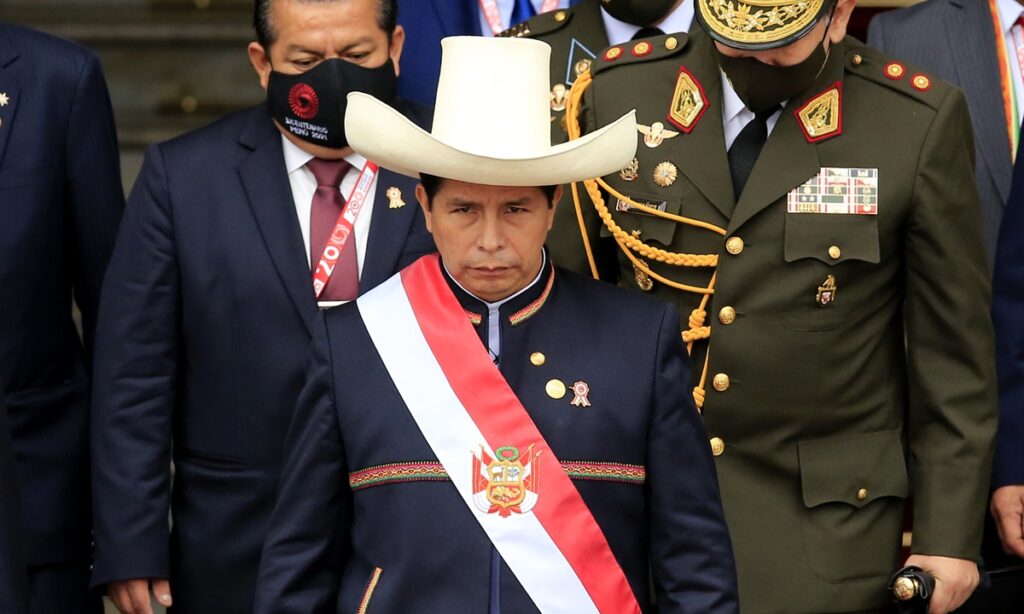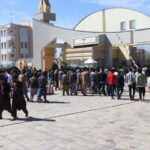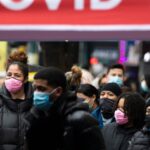Peruvians were protesting rapidly rising prices in the Andean city of Cuzco on Tuesday, in spite of a truce agreement that will see embattled President Pedro Castillo travel to the city later in the week to try to find ways to reduce costs.
Peru is battling its highest inflation in over two decades, amid a worldwide price surge most recently triggered by the Russia-Ukraine crisis. Rising prices of essential food items due to reduced supply of fertilizer and fuel has disproportionately affected poor residents in Peru and other emerging economies, rattling governments.
The protests are the latest wave of unrest in Peru after demonstration began in late March due to rising fuel prices.
In Cuzco – an Andean city once founded by the Incas that is now the gateway to the ruins of Machu Picchu – worker unions began a strike on Monday, shutting down transportation services and blocking roads around the region.
Protesters are demanding that Castillo lower water, electricity and gas prices, as well as rewrite the country’s market-friendly constitution.
Augusto Idme, secretary of the Cuzco teacher’s union and one of the organizers of the protest, said people were protesting in spite of the recent truce deal to make sure the government kept to its word.
The government has agreed to install working groups to find solutions but offered no clear concessions yet.
Nationally, Peru has waived taxes on fuel and essential food items in a bid to lower prices and also raised the minimum wage. But the rising inflation has taken a toll on Castillo’s already waning popularity, hitting a record low 19 percent approval rating in an Ipsos poll earlier in April.
Pedro Castillo leaves the Congress after his swearing-in ceremony in Lima, Peru on Wednesday. Castillo was sworn in as president of Peru after weeks of uncertainty after defeating a right-wing rival in a hard-fought presidential runoff.? Photo: Xinhua




